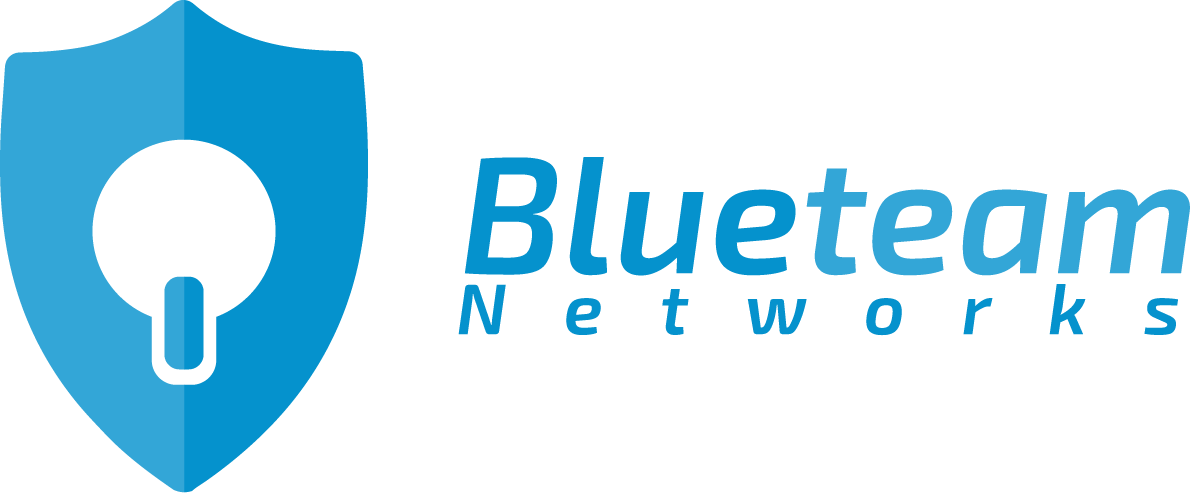5 min read
Eight Cybersecurity Vulnerabilities Every Business Needs to Check Now
By: Jason Adams on Mar 22, 2022 9:05:44 AM

Cybercriminals are getting even better at exploiting vulnerabilities in companies’ IT systems. Plugging as many vulnerabilities is vital for deflecting cyberattacks and avoiding financial and reputational damage to your business.
Regardless of the type of organization you operate, you must treat cybersecurity with the gravity it deserves. Failure to launch an effective cybersecurity strategy could wreak havoc across your business and even bring operations to a standstill.
Let’s take the University of Sunderland as a case study. In 2021, the institution was hit by a cyberattack that took its website offline. Employees’ ability to access vital resources was affected. As a result, the university had to cancel its online programming and delay many other processes.
While this may sound like a rare problem, it’s much more prevalent than you might imagine. Your business might suffer from the same weak spots as the University of Sunderland. If left unaddressed, you might lose thousands of dollars in revenue, encounter legal problems, and lose large swathes of your customer base.
So, how can you avoid this disastrous eventuality and reduce risk? We’ve put together a list of eight common vulnerabilities to get you started.
1. You don’t have endpoint defense mechanisms in place
Endpoint defense mechanisms are designed to detect, assess, block, and isolate malicious software as soon as it appears. Many companies think Antivirus programs are enough to help to protect businesses against cyberattacks.
Even businesses that invest in endpoint defenses may not have adequate protection. Signature-based antivirus platforms, for example, are easily bypassed by today’s cybercriminals. Similarly, many older endpoints and programs aren’t equipped to detect unusual user behavior and prevent infiltration by malicious actors.
To protect your digital assets and maintain your reputation, properly set up endpoints should be a layer of security that every business employs. These tools typically include a range of excellent features, such as endpoint detection and response (EDR) and behavioral analysis. Many also provide flexible defense options that align with your business and compliance needs and preferences.
So, if your endpoints are a few years old, it is well worth looking into upgrading your package. You’ll benefit from real-time defense responses, forensic analysis reports, and much more.
2. Inadequate account privileging
Account privileging means providing users access to specific files or software, depending on their role and status in your organization. Senior leaders, for example, will likely need more access to sensitive data than entry-level employees.
While limiting access privileges to certain users can be time-consuming and confusing, it is vital for protecting your business. A good IT provider will make this easy for you. The less information users can access, the lower the consequences if their account is compromised.
If your business gives all users administrator-type privileges, that could mean trouble. If a user account is compromised, a cybercriminal could create new accounts, access user information, and even hold your data for ransom. One of the best ways to address such vulnerabilities is to limit users’ privileges. Users should only have access to the information and systems necessary to carry out their responsibilities.
3. Weak credentials
Weak or stolen passwords give cybercriminals ample opportunity to hack into computer systems and steal data. One of the most efficient ways of stealing passwords is phishing – when an unsuspecting victim clicks on an email link and enters their personal information into a fake website.
So, how can you prevent password theft and strengthen your credentials? On top of training employees to spot phishing emails, you should implement strict password measures. As well as requiring long and complex passwords, you may wish to implement multi-factor authentication protocols.
Read: How to Create a Human Firewall at Your Business and Why You Need One
4. Poor network segmentation/monitoring
Cybercriminals often target poorly segmented and inadequately monitored networks. If you fail to implement subnet monitoring controls, attackers can maintain sustained network access. While overcoming this problem may seem challenging, it must be prioritized. Develop premium detection strategies for lateral movements and improve your behavioral assessment methods.
5. Incorrectly configured systems
Failure to disable application server configuration can lead to security breaches, as it gives hackers information about hidden vulnerabilities. After all, misconfigured apps represent an easy point of access for cybercriminals. To prevent an attack, you need to create and maintain strict configuration protocols and use automation technologies.
Read: Why You Should Outsource IT Support for Your Business
6. Ransomware
Ransomware holds users’ sensitive data for ransom. Typically, cyber criminals ask victims to pay large sums of money to obtain a decryption key and regain access to their data. For some companies, the fallout from such attacks can be ruinous. To protect your business, remember to update your systems with the latest patches or updates as soon as they’re available.
Download the Layman's Guide to Ransomware
7. Out-of-office devices
Many businesses forget to protect their company-issued mobile devices, such as tablets, phones, and laptops. No matter how well-protected your on-site technology is, something as simple as an unsecured Wi-Fi connection could compromise your company data off-site. To protect your mobile devices, remind colleagues to avoid public Wi-Fi and log out of accounts while they’re not in use. You can also implement access restrictions to prevent workers from downloading suspicious files or applications. If you have users accessing systems on their own devices, talk to your IT provider about best practices.
Read: Embracing the New Remote Work Trend? Here’s How to Prepare Your Network
8. Failure to back up files
Failure to back up your company’s sensitive files could prove disastrous in the long term. While you should do everything you can to prevent an attack, backup data could be invaluable if an attack or even a natural disaster occurs. Implementing a backup disaster and recovery plan can ensure that your data is safe and easy to restore.
Shrink your attack vectors to neutralize threats and put your mind at rest.
In the world we live in today, every company, no matter the size, must implement cybersecurity measures if they want to avoid costly attacks. Want to ensure your company isn’t a sitting duck for criminals? It’s time to get serious about defense measures.
If your business has not addressed the vulnerabilities listed above, you’re in a risky situation. Take control of your organization’s security and reach out to our team today. We’ll assess how well-protected your IT systems are and help you set up more efficient IT practices and cybersecurity defenses.
Recent Posts
Small Business Software Vulnerabilities Hackers Love
For many small and medium-sized enterprises, it's not until after a breach has occurred that...
Essential Add-ons for Microsoft Office 365 - Blueteam Networks
Microsoft Office 365 has numerous features, and in addition to benefitting individuals and...
Microsoft Exchange Hack a Security Risk Even for Companies Not Using It
On March 2, Microsoft released emergency security patches to fix multiple zero-day security holes...


